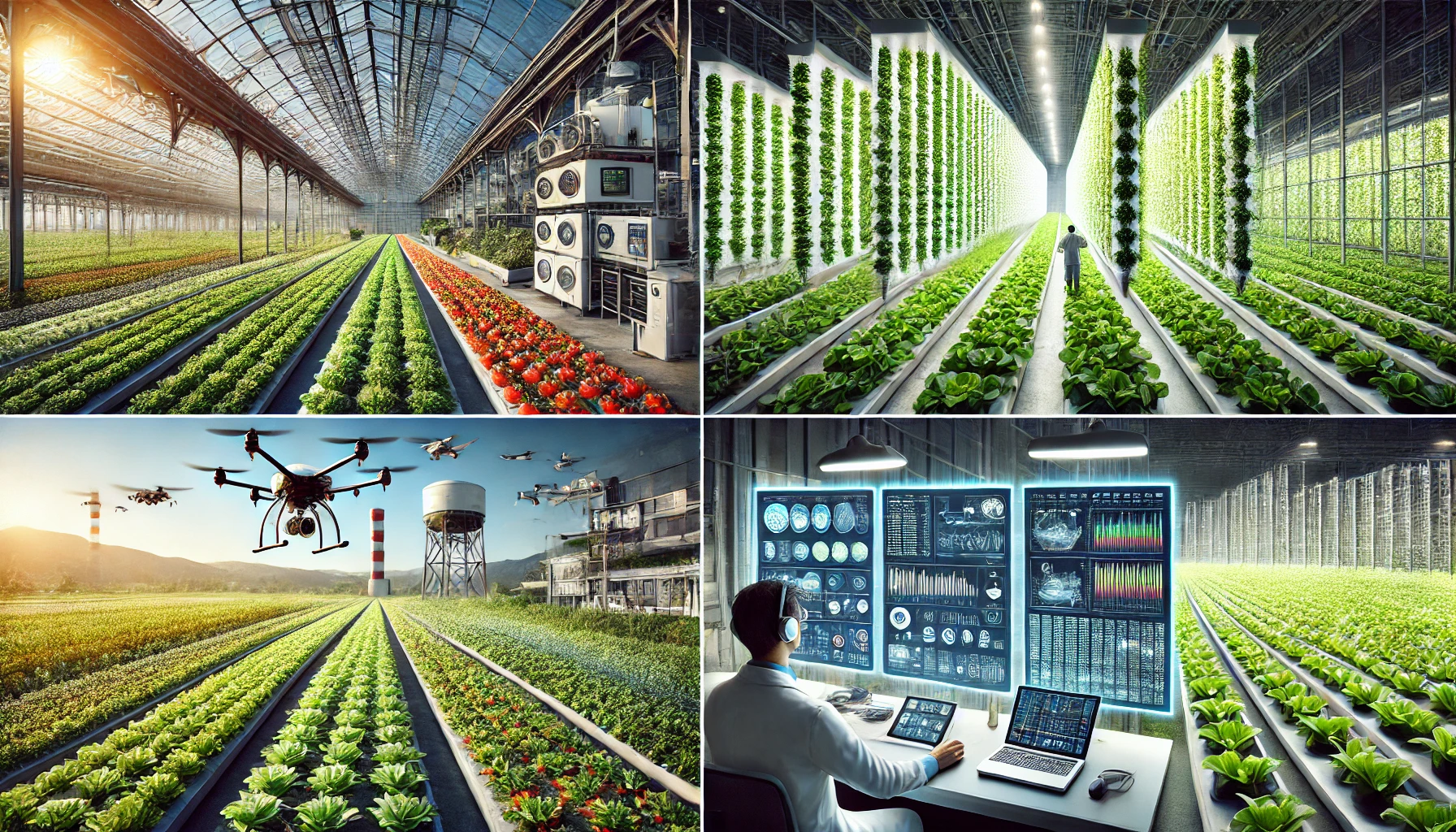Vegetable cultivation has undergone significant transformations, evolving from traditional soil-based methods to advanced high-tech greenhouse practices. This shift integrates technological innovations, a deeper understanding of plant biology, and a commitment to sustainable agriculture. This review examines the progression of vegetable farming techniques, highlighting key developments and their implications for modern agriculture.
Historical Overview of Vegetable Cultivation
Traditional Practices
Historically, vegetable farming relied on empirical knowledge, with practices tailored to local environmental conditions and cultural traditions. Farmers selected seeds from robust plants, prepared soils using organic amendments, and managed pests through natural remedies. These methods, while effective in their contexts, often resulted in inconsistent yields and limited scalability.
Evolution of Techniques
Over time, agricultural practices have evolved, incorporating scientific research and technological advancements. The Green Revolution introduced high-yielding crop varieties, chemical fertilizers, and pesticides, leading to increased productivity. However, these practices also raised concerns about environmental sustainability and soil health, prompting a search for more balanced approaches.
Seed Selection and Quality Enhancement
Importance of Seed Quality
Seed quality is fundamental to successful vegetable cultivation, influencing germination rates, plant vigor, and yield potential. High-quality seeds contribute to uniform crop stands and resilience against environmental stresses.
Advances in Seed Treatments
Modern seed treatments enhance seed performance and protect against pathogens. Techniques include chemical coatings, biological inoculants, and physical methods like priming. These treatments improve germination rates, seedling vigor, and overall crop establishment.
Transition to Soilless Cultivation
Limitations of Traditional Soil-Based Methods
Traditional soil-based cultivation faces challenges such as soil-borne diseases, nutrient imbalances, and dependency on soil quality. These issues can limit productivity and sustainability.
Adoption of Soilless Cultures
Soilless cultivation systems, including hydroponics and aeroponics, offer solutions by providing controlled environments for plant growth. These systems allow precise management of nutrients and water, leading to higher yields and resource efficiency.
Sustainable Substrates
The use of sustainable substrates like biochar and coir has gained attention. Biochar improves soil structure and nutrient retention, while coir, derived from coconut husks, serves as an eco-friendly growing medium. These substrates contribute to sustainable cultivation practices.
Environmental Control in Modern Cultivation
Advanced Greenhouse Technologies
Modern greenhouses utilize technologies such as automated climate control, LED lighting, and energy-efficient designs. These innovations create optimal growing conditions, extending growing seasons and improving crop quality.
Integration of Artificial Intelligence
Artificial intelligence (AI) plays a role in optimizing plant growth conditions. AI systems analyze data from sensors to adjust variables like temperature, humidity, and light, enhancing efficiency and reducing resource use.
Water Management Strategies
Advanced Irrigation Systems
Innovations in irrigation, such as drip and sprinkler systems, deliver water directly to plant roots, minimizing waste. These systems improve water use efficiency and support sustainable water management.
Intelligent Moisture Sensing
Soil moisture sensors provide real-time data, enabling precise irrigation scheduling. This approach ensures plants receive adequate water without over-irrigation, conserving water resources.
Nutritional Management
Precision Fertilization
Precision agriculture techniques allow for targeted fertilizer application based on soil and plant needs. This method optimizes nutrient use, enhances crop growth, and reduces environmental impacts.
Role of Plant Growth Regulators
Plant growth regulators (PGRs) influence various physiological processes. Their application can enhance growth, improve stress tolerance, and increase yields, contributing to efficient cultivation.
Integrated Pest Management
Sustainable Pest Control
Integrated Pest Management (IPM) combines biological, cultural, and chemical control methods to manage pests sustainably. This approach reduces reliance on chemical pesticides, promoting environmental health.
Biological Control Agents
The use of natural predators and parasites helps control pest populations. Biological control agents offer an eco-friendly alternative to chemical pesticides, aligning with sustainable agriculture goals.
Technological Innovations in Cultivation
Use of Drones and Robotics
Drones and robots assist in monitoring crop health, applying inputs, and performing labor-intensive tasks. These technologies increase efficiency, reduce labor costs, and enable precision agriculture practices.
Digital Monitoring Systems
Digital platforms collect and analyze data on crop conditions, facilitating informed decision-making. These systems support proactive management and continuous improvement in cultivation practices.
Challenges and Economic Considerations
Adoption of Cutting-Edge Technologies
Implementing advanced technologies requires investment and training. Farmers must weigh the benefits against costs and consider factors like farm size, crop type, and market access.
Economic Implications
While high-tech solutions can enhance productivity, they may also increase production costs. Assessing return on investment and ensuring economic viability are crucial for sustainable adoption.
Conclusion
The evolution of vegetable cultivation reflects a dynamic interplay between tradition and innovation. Advancements in seed technology, cultivation methods, environmental control, and pest management have transformed practices, leading to increased productivity and sustainability. Ongoing research and development are essential to address emerging challenges and ensure the continued progress of vegetable farming.
This review provides a comprehensive overview of current practices and future directions in vegetable cultivation, serving as a valuable resource for stakeholders in the agricultural sector.
